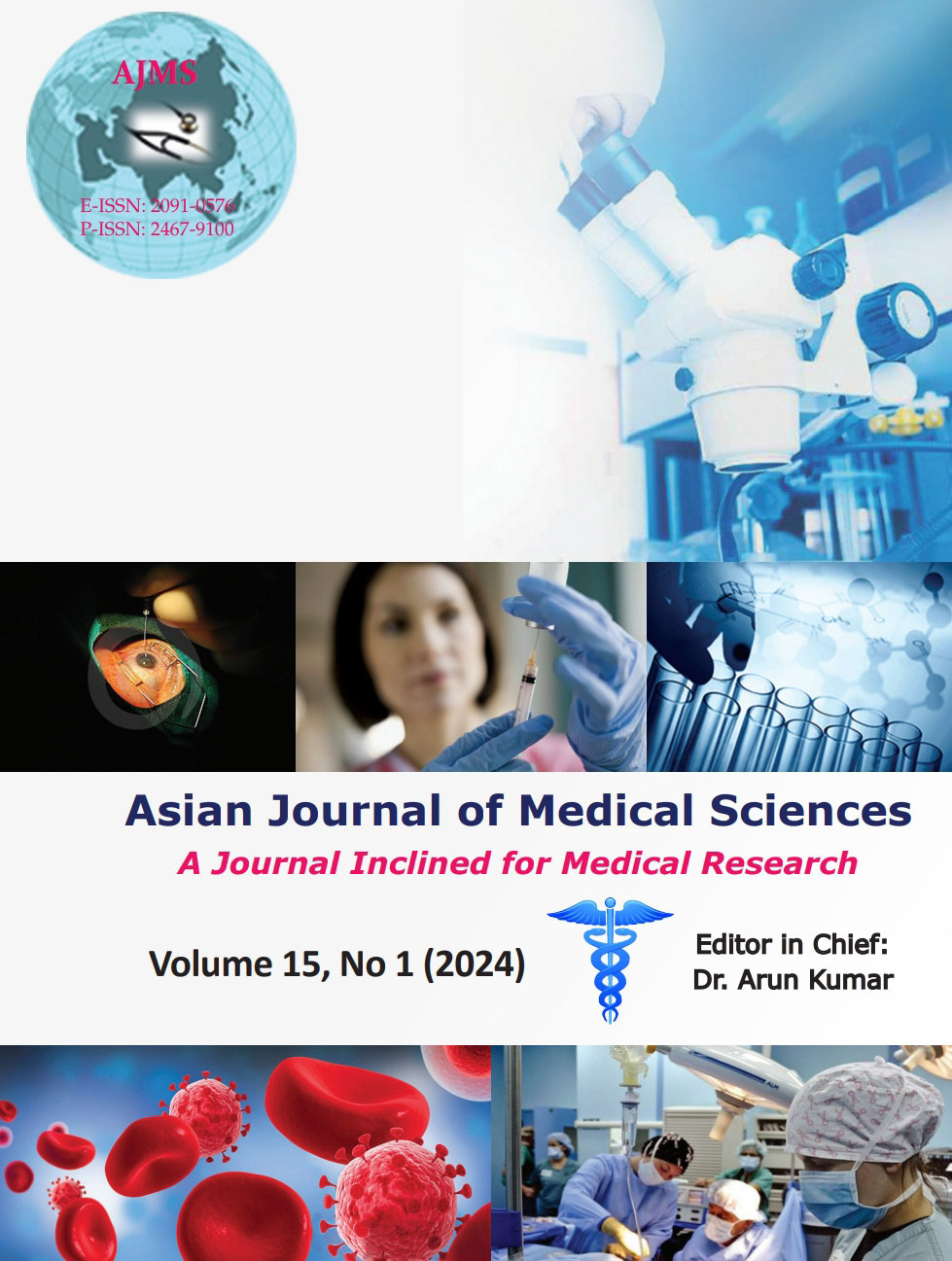A study on phenotypic characterization and genotypic determination of drug resistance of Helicobacter pylori from cases of acid peptic disease in a tertiary care center
Keywords:
Helicobacter pylori; Drug-resistant; Peptic acid; Rapid urease test; Polymerase chain reaction; Gram stainAbstract
Background: Helicobacter pylori infection is one of the major risk factors for gastroduodenal disease, and invasive or non-invasive tests are available to detect it.
Aims and Objectives: The study aims to identify H. pylori phenotypically and genotypically to identify drug-resistant H. pylori in suspected cases of peptic acid disorders at a tertiary care center.
Materials and Methods: This 6-month prospective and observational study was performed at Saveetha Medical College and Hospitals. Patients’ gastric biopsy samples were obtained from 105 individuals with gastroduodenal disorders who had upper gastrointestinal endoscopies at the Hospital. A fiber optic endoscope and biopsy forceps were used for the endoscopy. Biopsy samples were collected from the antrum and placed in Eppendorf tubes for fast urease, culture, gram stain, polymerase chain reaction (PCR), and histological analysis.
Results: A total of 78 (74%) males and 27 (26%) females were among the 105 patients. Endoscopic findings imply gastritis, gastric ulcer, and duodenal ulcer in 74 patients (70.48%). Rapid urease test (RUT), gram stain, and histology revealed positive results in 20 cases. RUT showed that 30.47% of patients tested positive. Gram stain detected 25.1% of H. pylori infections, and 12 cases were histopathologically positive. By PCR, 21.62% of gastritis patients were positive for H. pylori infection. RUT and PCR give comparable results for detecting H. pylori infection, with a strong association between H. pylori infection and peptic ulcer disease.
Conclusion: A combination of RUT and PCR is an effective diagnostic approach for H. pylori infection, allowing doctors to select the most appropriate medications for specific patients.
Downloads
Downloads
Published
How to Cite
Issue
Section
License
Copyright (c) 2023 Asian Journal of Medical Sciences

This work is licensed under a Creative Commons Attribution-NonCommercial 4.0 International License.
Authors who publish with this journal agree to the following terms:
- The journal holds copyright and publishes the work under a Creative Commons CC-BY-NC license that permits use, distribution and reprduction in any medium, provided the original work is properly cited and is not used for commercial purposes. The journal should be recognised as the original publisher of this work.
- Authors are able to enter into separate, additional contractual arrangements for the non-exclusive distribution of the journal's published version of the work (e.g., post it to an institutional repository or publish it in a book), with an acknowledgement of its initial publication in this journal.
- Authors are permitted and encouraged to post their work online (e.g., in institutional repositories or on their website) prior to and during the submission process, as it can lead to productive exchanges, as well as earlier and greater citation of published work (See The Effect of Open Access).




